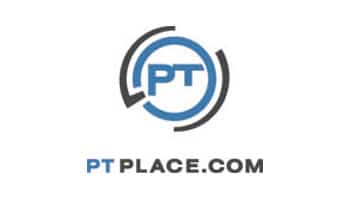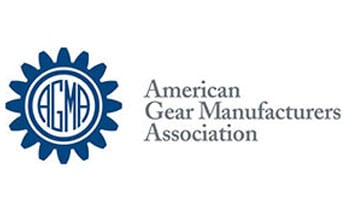 Scarlet Lane Brewing Company recently came to Master PT with an application need for their most critical application in their start-up brewery. Well, we love APG and we love beer so we decided to see how it turned out. Brewmaster Chris recently slowed down enough so we could catch up.
Scarlet Lane Brewing Company recently came to Master PT with an application need for their most critical application in their start-up brewery. Well, we love APG and we love beer so we decided to see how it turned out. Brewmaster Chris recently slowed down enough so we could catch up.
 MPT: What led you to the brewing craft?
MPT: What led you to the brewing craft?
My love for craft beer started when I was in college at Purdue University. There was an older member of my fraternity who I looked up to. He worked at a campus liquor store, and on the weekends he would always come by the house after work with a different 6-pack or single bottle. Every time, I asked to taste whatever beer he had. When I moved to Athens, GA after college for an engineering job, I fell in love with the town’s vibrant beer and food culture, and my beer geek status hit the next level. I finally started homebrewing in 2008, and I was immediately fascinated by the process. There was a Sam Adams commercial that aired around that time in which the founder and CEO, Jim Koch, said his father told him, “If you do what you love, you’ll never work a day in your life.” That statement stuck with me, and I became obsessed with following my dream to become a Brewmaster.
 MPT: Tell us a little bit about the problem you first faced.
MPT: Tell us a little bit about the problem you first faced.
I was still working at my previous brewing gig at The Ram, and waiting to be brought on full time with Scarlet Lane. As a startup, we had to operate on a fairly tight budget. One of my business partners bought a refurbished grain mill originally made in 1928. Once I started with SLB, it was my job to get the mill running. I talked to the guy that sold us the machine and found out he is just a broker and never had it up and running. The mill came with a 2-foot diameter V-belt pulley attached to one of the roller shafts and a 3.5 inch pulley with no bore that would’ve attached to an electric motor we needed to buy. The pulleys were designed to reduce the speed of the mill’s rollers to 145 RPM. Looking at the size difference between the pulleys and limited wrap contact around the small pulley, I thought, “They expect this belt not to slip? Yeah, right.” I decided that by the time it would take to find a good machinist and pay them to bore the small pulley and mill a keyway, then buy a belt, I would have too much time and money invested to have the belt slip on me. I’d be at least 2/3 of the way to the cost of a new gear reducer. It was too risky.
MPT: How did the APG come into play?
Milling the grain is the first step of the process. The quality of the crush influences the efficiency of the mash, which is the next step of the brewing process. However, if your crush is too fine, your mash will be stuck, and you will not be able to runoff the wort into the kettle. I needed the rollers of the grain mill to run at 145 RPM to have the grain be milled correctly. So, I needed a machine that would be compact in size but be sturdy, reliable, and long-lasting. The engineers at Master PT recommended the APG C-Face as a simple solution. It was easy to install and it runs great!
MPT: Would you recommend this machine setup to other micro brewers?
Absolutely!
 MPT: Tell us about your product and how your launch party went!
MPT: Tell us about your product and how your launch party went!
We launched with 3 beers: a Coconut Stout, a light Belgian Saison, and a hoppy Red IPA. The launch party was perfect. We had more than 300 people attend the event, and received stellar feedback on all of the beers. We went through 6 kegs, and the bar manager said he beat his average Wednesday by $4,000 in sales.
MPT: Well, let us join the many in congratulating you on this initial success. We wish you success for all the years we know that APG will keep running! Cheers!




